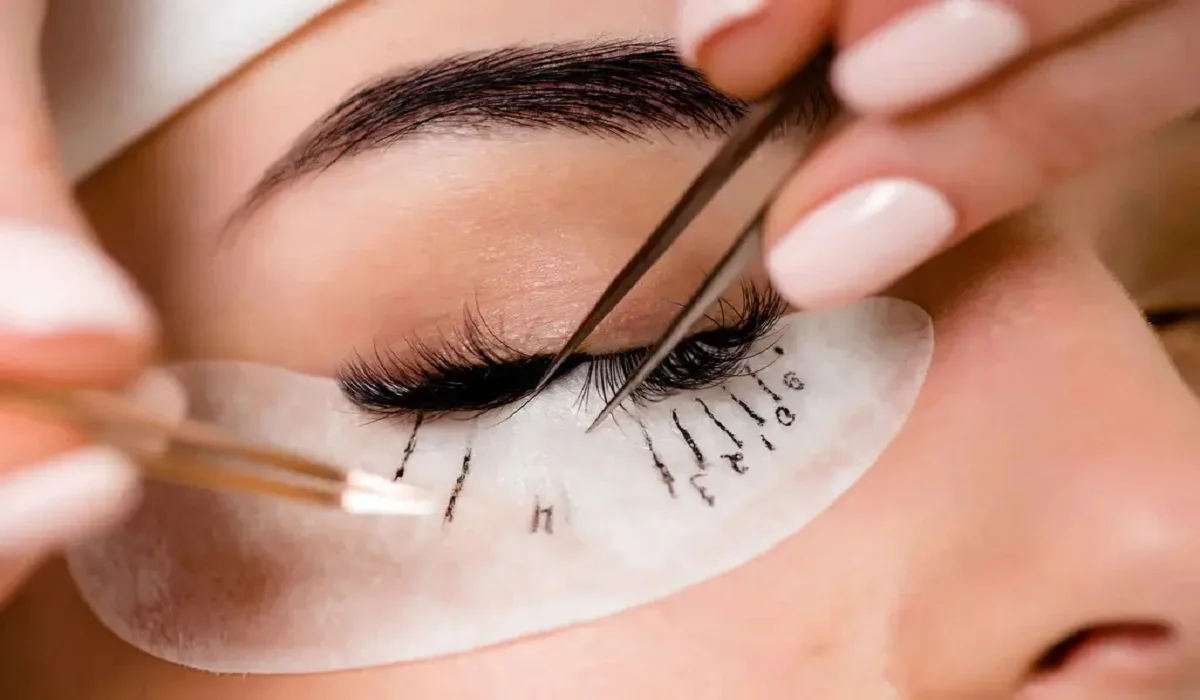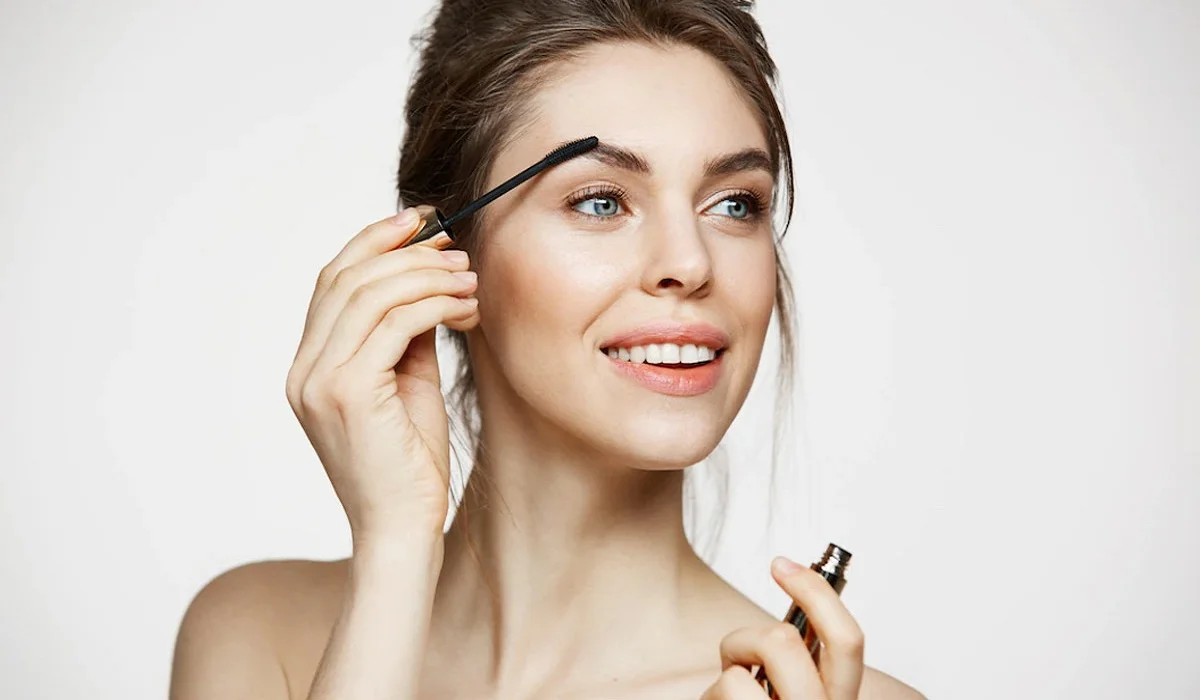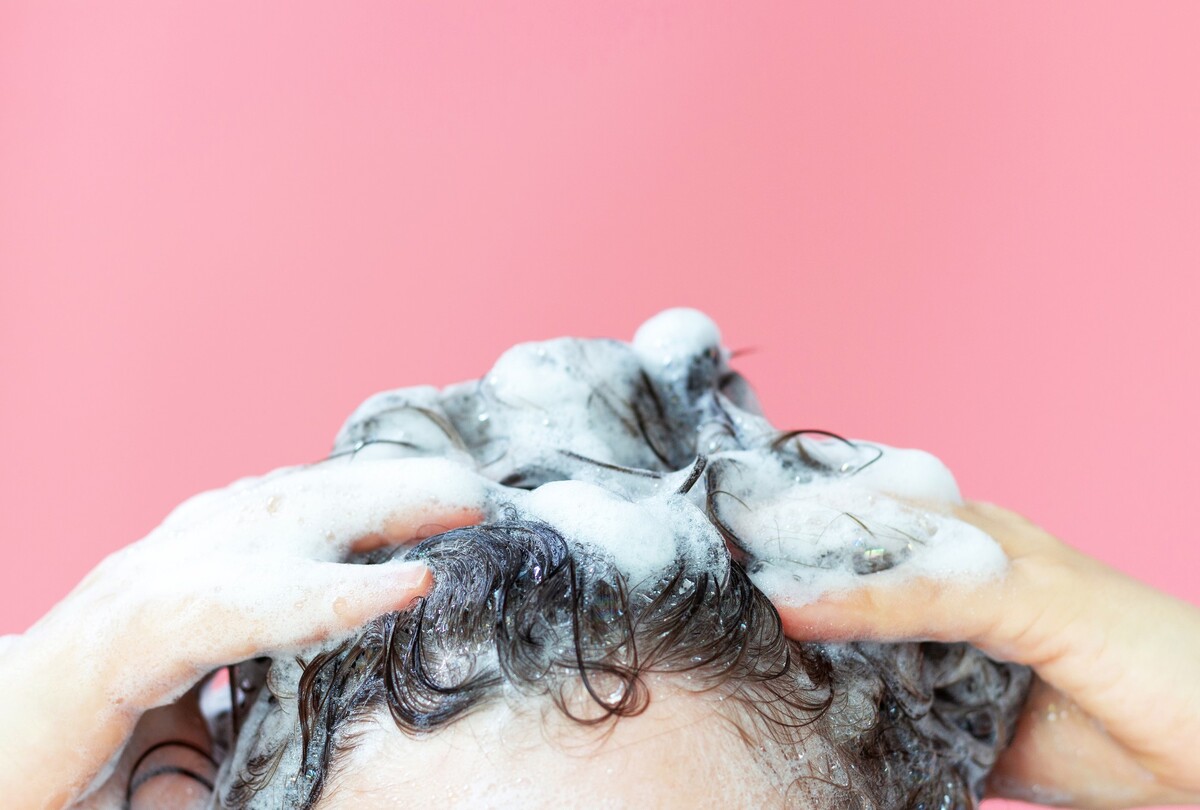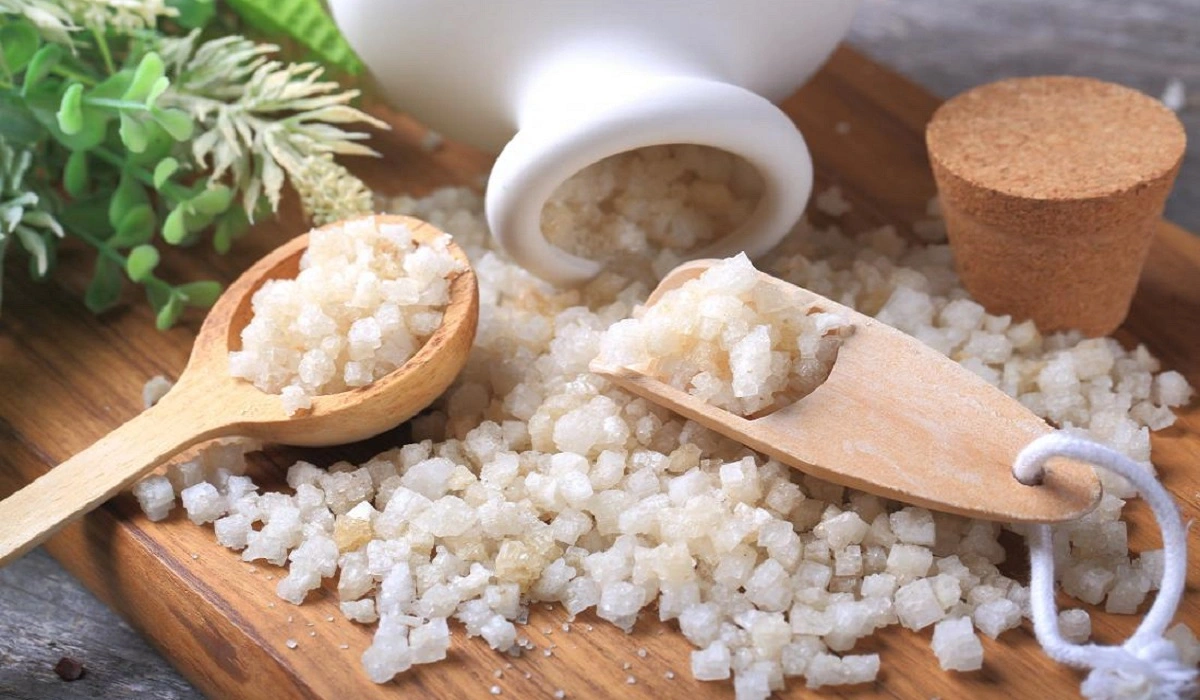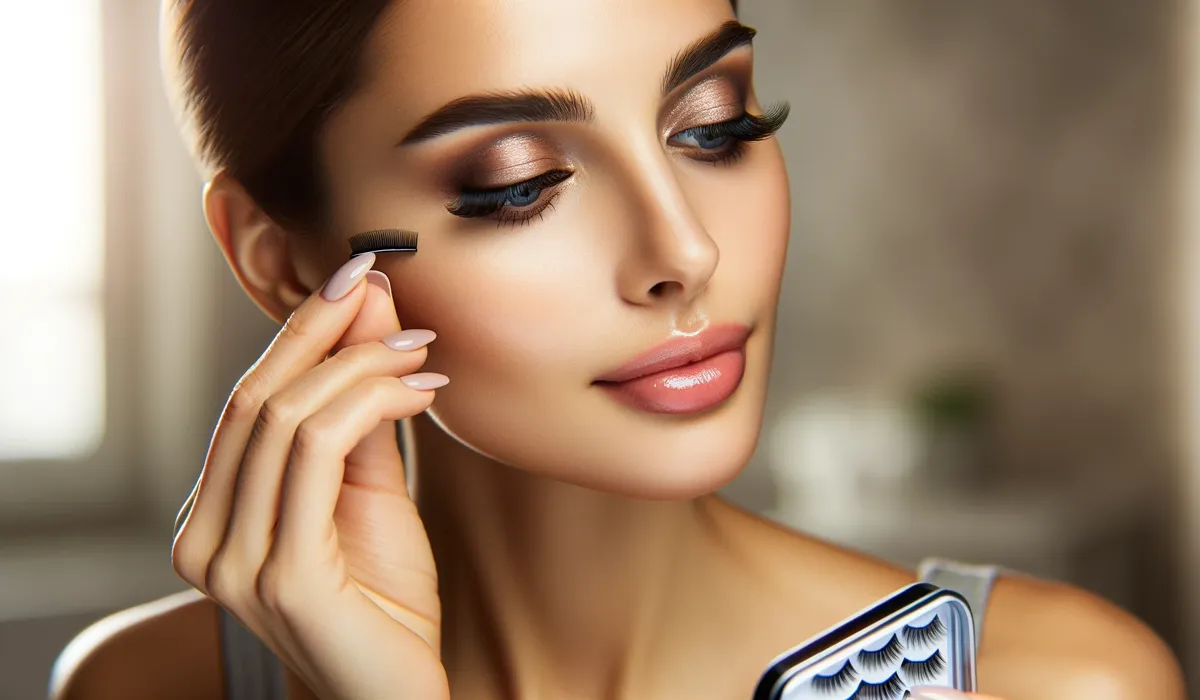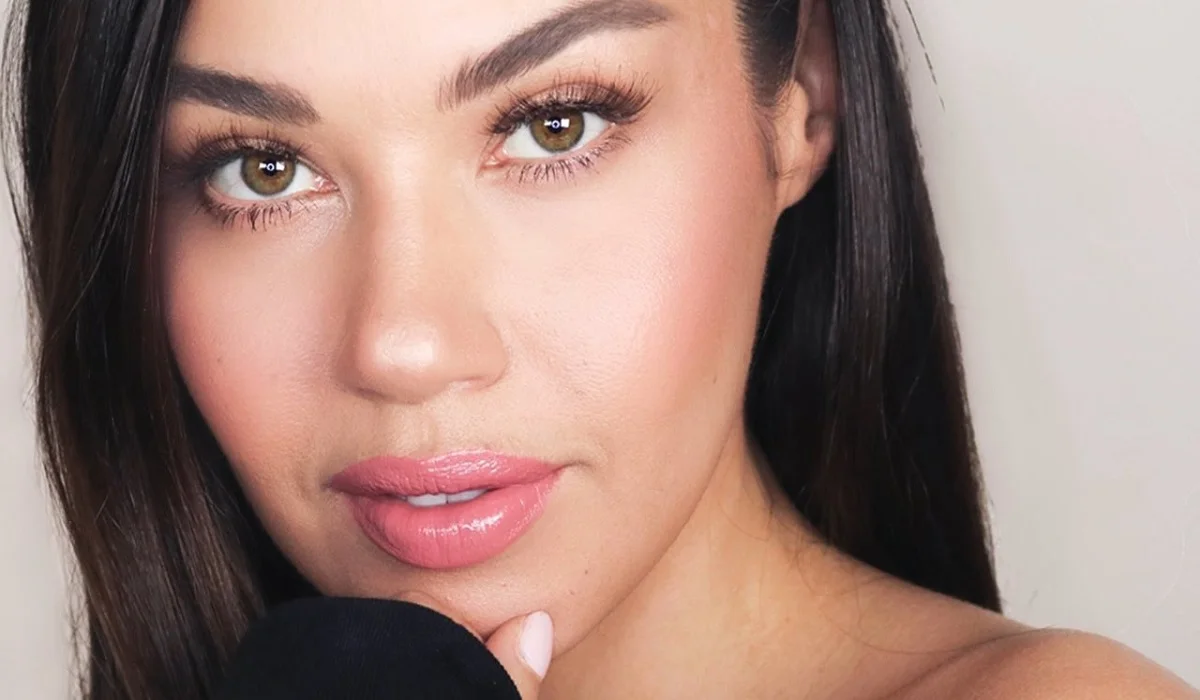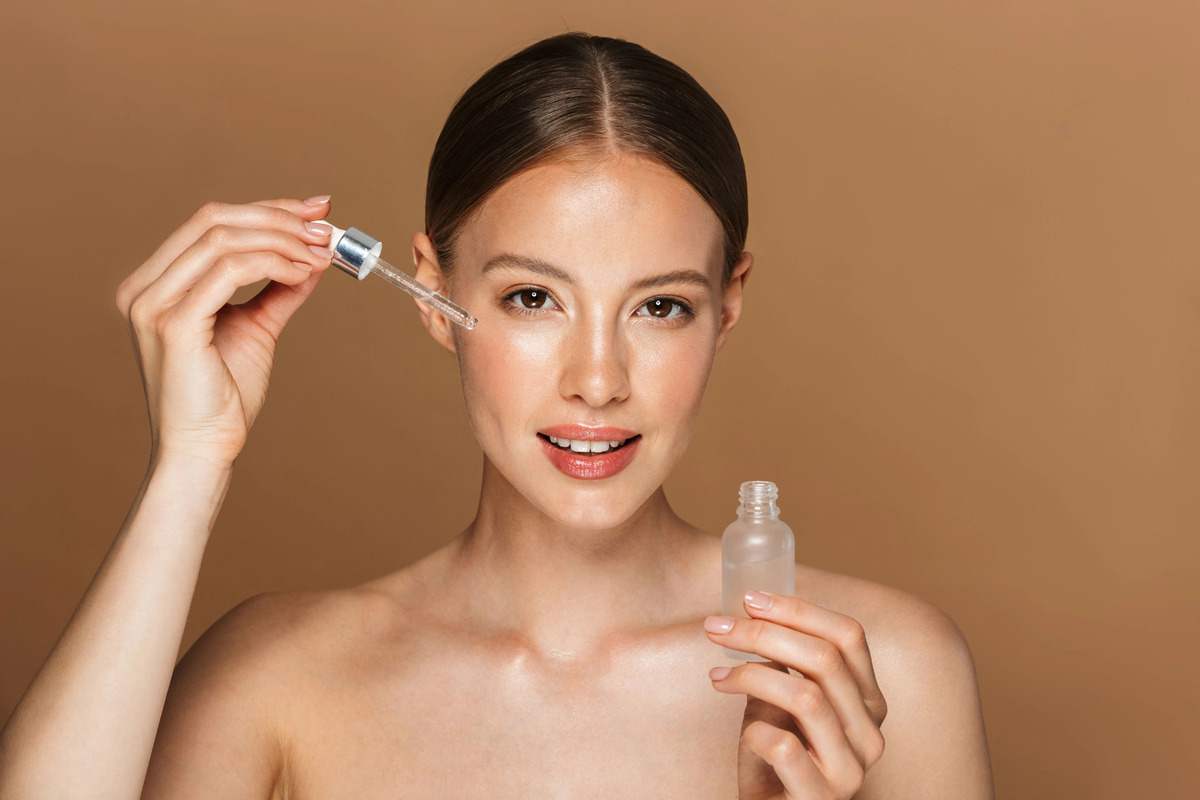Microblading is a transformative beauty procedure that meticulously enhances the appearance of your eyebrows, offering a semi-permanent solution for those seeking fuller, more defined brows. This technique involves the manual insertion of pigment into the upper layers of skin to create the appearance of natural eyebrow hairs. However, achieving the best possible results requires more than just booking an appointment; it involves thorough preparation, understanding the process, and proper aftercare.
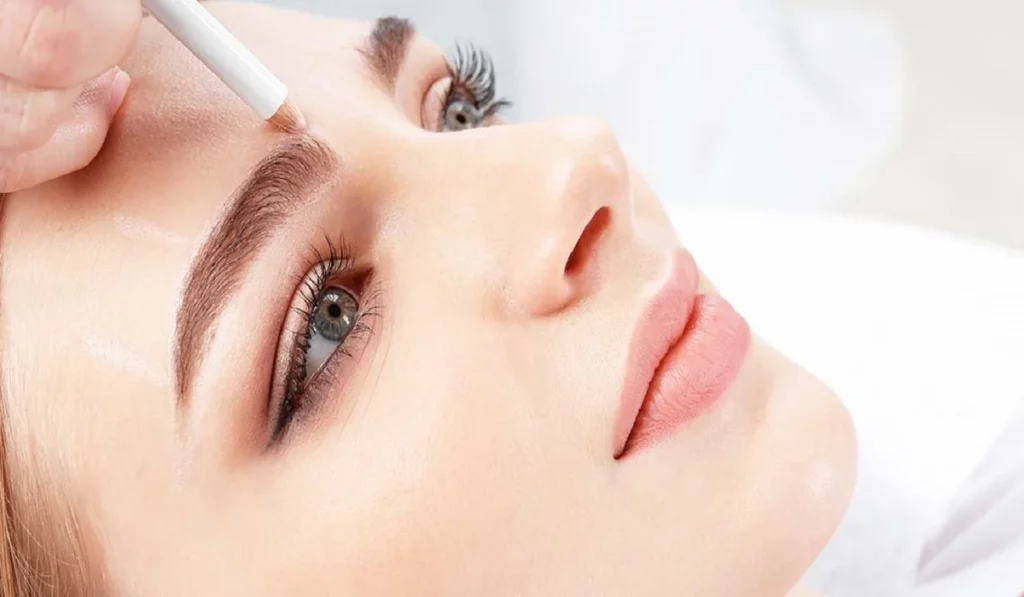
Choosing the Right Microblading Technician
The first step in your Microblading journey is to choose a skilled and certified aesthetician. Researching your options is crucial. Look for a salon that showcases an extensive portfolio of before and after photos, demonstrating their ability to produce the kind of results that captivate you. It’s essential that your chosen technician not only possesses the necessary certification but also has a wealth of experience, reflected in their hours of education and practical application. Remember, the quality of your results depends heavily on the skill and precision of the technician.
State Regulations and Technician Licensing
Be aware that each state has its own set of rules and regulations governing microblading. Before proceeding, verify the licensing requirements in your area and ensure your technician meets these standards. This step is crucial for both your safety and the legality of the procedure.
Preparing for Your Microblading Session
Proper preparation can significantly enhance the outcome of your Microblading procedure. Here are some essential tips to ensure you’re fully prepared:
- Avoid Caffeine: Refrain from consuming coffee on the day of your procedure to ensure your body is as relaxed as possible.
- Stay Calm and Relaxed: Stress can affect your body’s reaction to the treatment, so try to keep a calm demeanor.
- Sun Exposure: Avoid sunbathing or using fake tanners for at least three days before your appointment to prevent any skin irritation.
- Eyebrow Maintenance: Do not pluck or wax your eyebrows too close to your session. It’s best to leave as much natural brow hair as possible for the technician to work with.
- Chemical Treatments: Steer clear of any chemical peels or other facial treatments for three weeks prior to your microblading date to avoid sensitizing your skin.
- Hair Care: Ensure your hair is clean and tied back to avoid any interference during the procedure.
Understanding the Microblading Procedure
Microblading is typically completed in three key steps:
Preparation
Initially, your aesthetician will apply a topical numbing cream to your eyebrow area to minimize discomfort. This preparation is vital for both your comfort and the steadiness of the microblading process.
The Procedure Experience
Pain tolerance varies from person to person. Some may only feel a slight scratching sensation, while others might experience a bit more discomfort. However, most find the procedure to be bearable, with the numbing cream significantly reducing any pain.
Post-Procedure Care
Immediately after your session, it’s normal for your eyebrows to appear darker and more pronounced than expected. This intensity will fade as they heal, usually within a week, resulting in a more natural look. It’s advised to avoid water exposure, including long showers and baths, during the initial healing phase to prevent the pigment from washing out prematurely.

Post-Microblading Care
To ensure the best healing and color retention, follow these aftercare tips:
- Avoid Makeup: Keep makeup away from your eyebrows for 7 to 10 days to allow the skin to heal.
- Sun Exposure: Stay out of the sun and refrain from tanning for at least a month after the procedure. Ideally, schedule microblading well before summer or any sunny vacations.
- Don’t Rub or Scratch: Touching or scratching the treated area can lead to pigment loss and affect the healing process.
- Keep the Area Clean: Avoid any actions that might introduce bacteria to the area, including rigorous washing or applying contaminated products.
Potential Risks and How to Mitigate Them
While microblading is generally safe, being informed about potential risks is crucial:
Allergic Reactions
Though rare, it’s possible to have an allergic reaction to the pigment used. Discuss any known allergies with your technician beforehand.
Infection
Infections can occur if the procedure is done with non-sterile equipment. Ensure your salon follows strict hygiene practices.
Semi-Permanence
Microblading results are semi-permanent. If you’re unhappy with the results, corrections or removal can be more challenging. Give yourself time to consider if microblading is right for you and choose a technician who can offer a result you’re confident you’ll be happy with.
Microblading can significantly enhance your facial features by providing fuller, more defined eyebrows. However, achieving the best results requires careful planning, from selecting the right technician to following thorough pre and post-procedure care. By adhering to these guidelines, you can ensure a safe, satisfying microblading experience that enhances your natural beauty.
How long do microblading results last?
Can microblading be fully removed if I’m unhappy with the outcome?
What is the recovery time for microblading?
Are there any activities I should avoid after microblading?
How can I ensure my microbladed brows last as long as possible?
Is there anyone who should not get microblading?

